
Snow Science Expanding Snowman Winter crafts, Winter science
Lift Ice with Yarn STEM activity. 16. Stay Warm with Thermal Insulation. In the Stay warm with thermal insulation activity, students experiment to see how thermal insulation works in our jackets and clothes to help keep us warm. 17. Maple Candy. When it comes to winter treats, maple is a popular flavor.
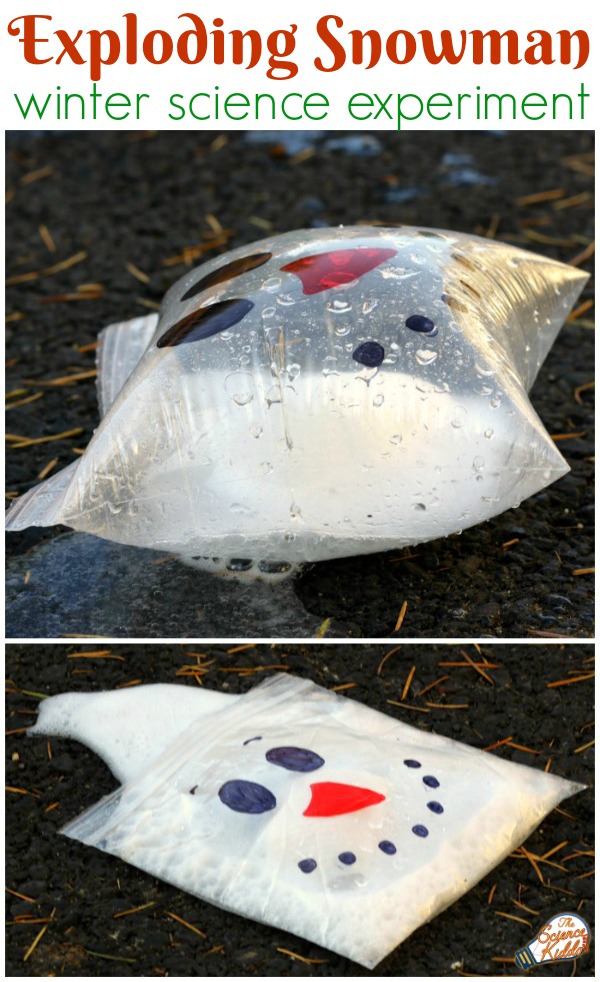
5 Super Cool Winter Science Experiments • The Science Kiddo
Encourage your young learners to explore all that winter has to offer with these amazing winter science experiments for preschoolers!. I have rounded up an amazing collection of preschool winter activities that are sure to keep your kids busy all season long!. If you have unique science activities that you do in the winter, leave a message in the comments so we can all try them this winter.

Snowstorm in a Jar Experiment Easy Winter Science Activity for Preschool
Snow and Ice Simple Science Experiment for Kids by Steam Powered Family - This is a great and super simple science experiment comparing snow and ice when it melts. When you pack a jar full of ice and another jar full of snow, which will result in more water? Even though there is a lot of space in between the ice cubes, that jar will be much more full of water than the snow jar.

20+ Easy Winter Science Experiments for Preschoolers!
Whether snow is one of those things you can take or leave, you can still learn a lot from it, especially if you try these DIY snow experiments. We put together some of our favorite snow projects, including a recipe for making the perfect fake snow. These are great science experiments for the classroom, and kids can do all of them on their own.

The Bender Bunch Easy Snow Blizzard Science Experiment
Put one cup in the sun and another in the shade; ask which will melt first. Explain the idea of a hypothesis, experiment and results. Ask them to hypothesize if the water will turn back into snow if you put it outside. Conduct the experiment to test your hypothesis, and then ask what the results and conclusion are.
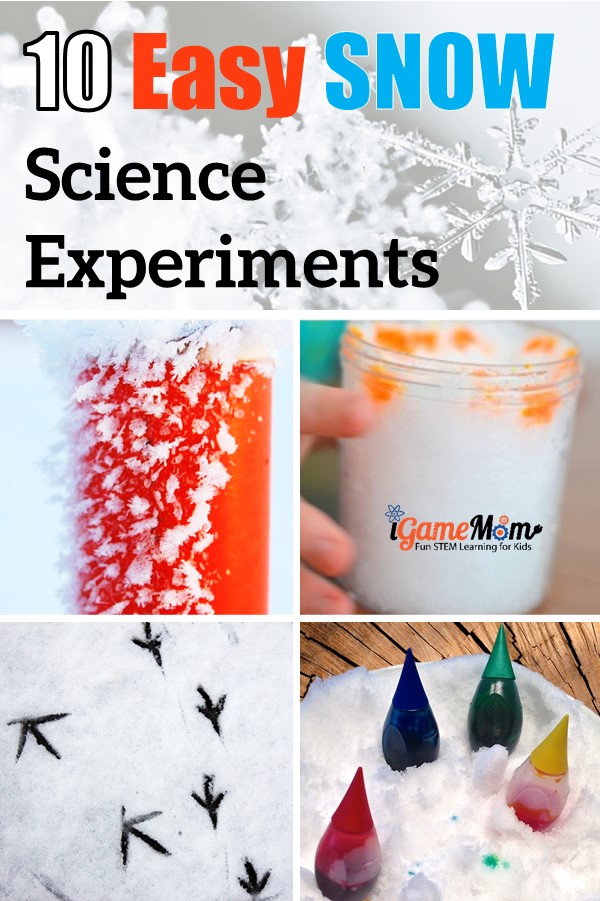
10 Easy Snow Science Experiments for Kids
Measure 2 tablespoons of water into a bowl. Optional: add 2-3 drops of blue food coloring and stir. Add the 1 scoop of Super Snow. Watch the physical reaction! After the fake snow expands, mix it around with your hand. Using index cards or paper, create a label for this bowl. Super Snow & Water.
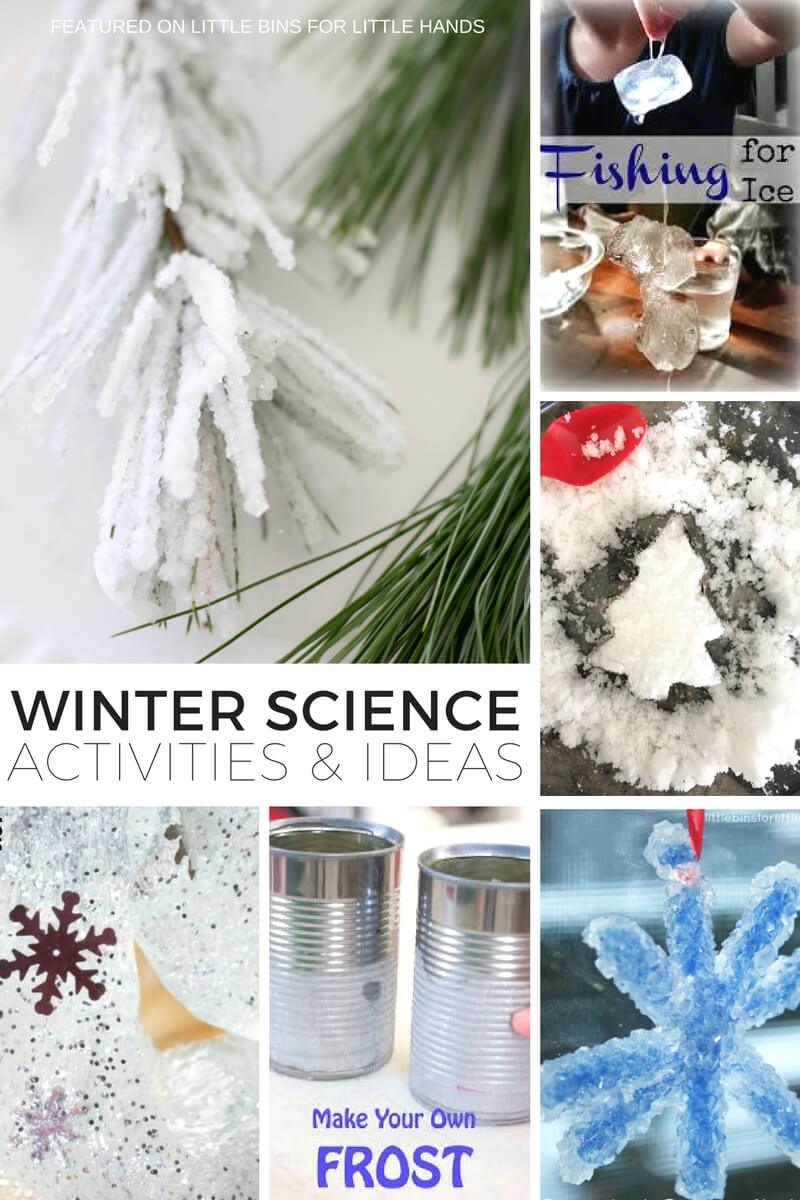
Preschool Science Experiments
The Best Winter Science Experiments Snow Volcano. First up is a snow volcano. These are super easy to make. Gather snow around a bottle and add water, food colouring, dish soap ( washing up liquid ) and baking soda. Try making different colours of lava using food colouring and experiment to find the best fizzy recipe! Ice and Salt Investigation
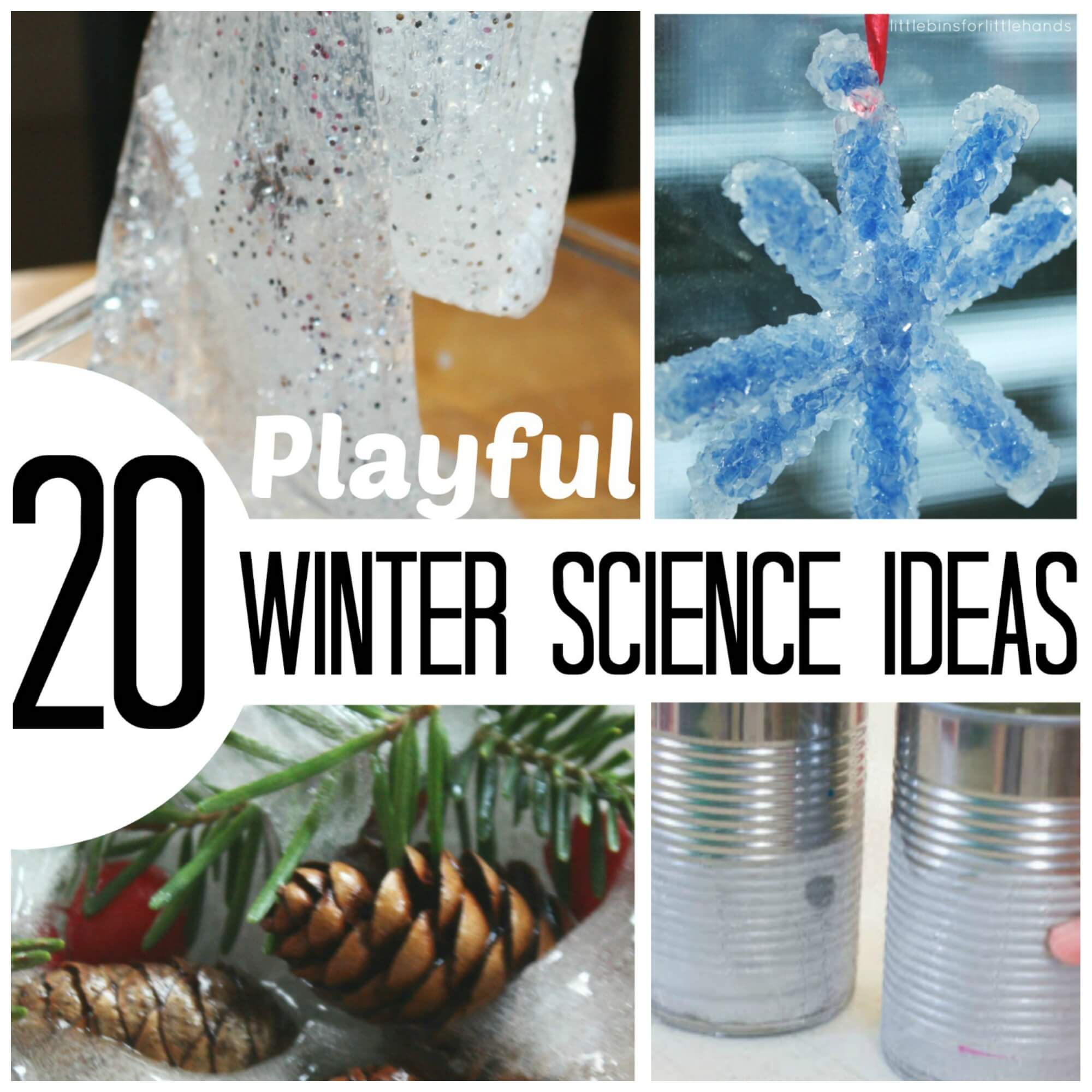
Winter Activities and Winter Science Experiments for Kids
The Best Winter Science Activities and Experiments for kids. These 25 fun hands-on learning science activities will have children Making Homemade snow, slime recipes, creating crystal snowflake ornaments, learning about winter animals and more. kids love these winter science experiments! Winter Science Activities for Kids, Kindergarten Science Experiments, Montessori Science Activities,

preschool winter science experiments
Use snow or ice cubes for this winter science experiment that explores condensation and the formation of frost. All you need are some metal cans and salt. Learn more: Condensation experiment at STEAMsational. 11. Crush a can with air. Frugal Fun for Boys and Girls/Crushing cans via frugalfun4boys.com.

Melting Snow Science Experiment Creative Family Fun
Note whether the snow is wet and heavy or light and powdery. STEP 3. Fill up the jar with snow, wipe the outside dry and bring it inside the house. STEP 4. Place a ruler into the jar and press it down to the bottom. Let's add the math part to this melting snow science activity to create excellent winter STEM!
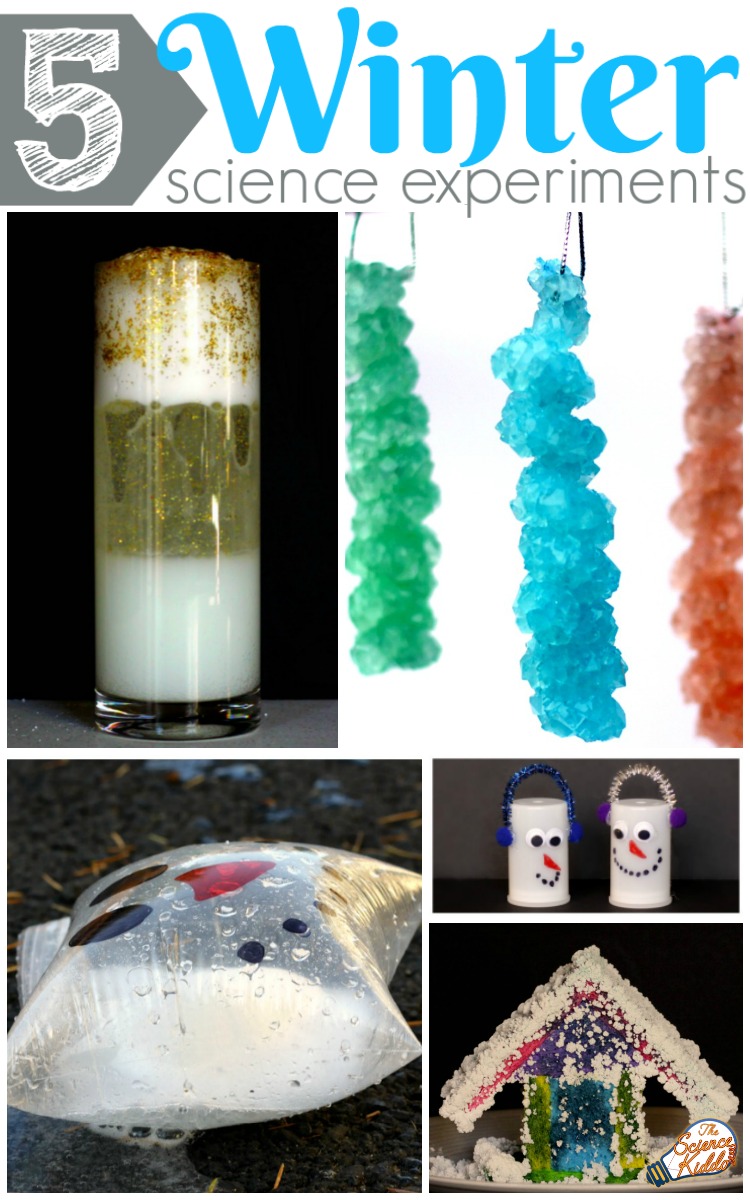
5 Super Cool Winter Science Experiments • The Science Kiddo
Materials: 1 cup corn starch 1 cup shaving cream Food Coloring Instructions: Pour the cup of corn starch into a large bowl. Use a spoon to scoop the shaving cream on top of it. Put 5-10 drops of food coloring on top. Stir to mix. When the mixture looks like grated cheese, use your hands to squish the mixture even more. Pretty soon the shaving cream and corn starch will form a ball, about the.
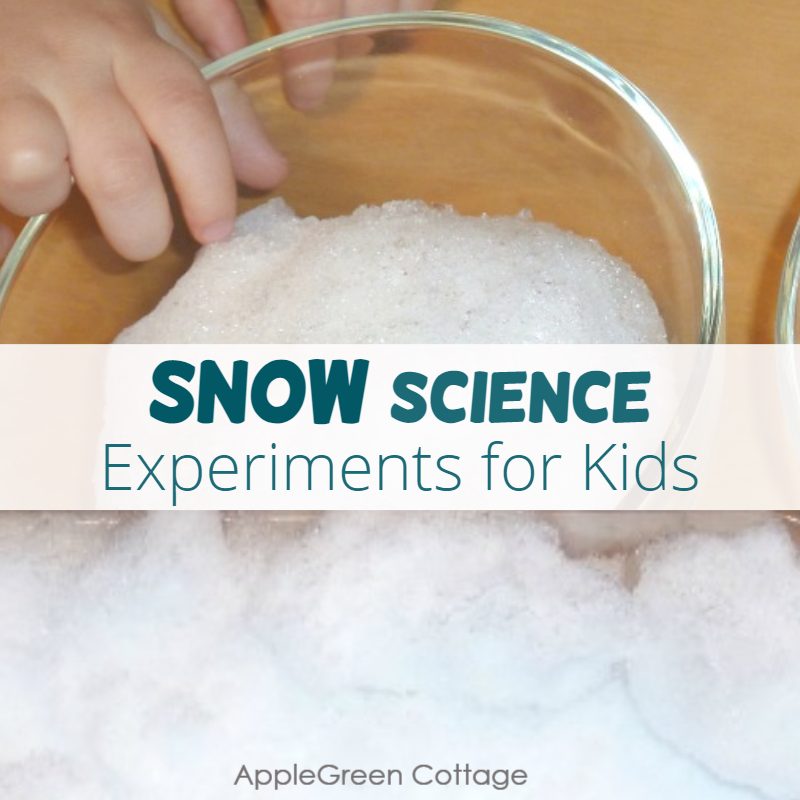
Snow Experiment Snow Science Experiments For Kids
We made three different types of pretend snow and set about exploring their different properties for a wonderful snowy sensory experience. Don't forget to try my other winter science experiments too! How to make fake snow Cornflour Snow. Add a small amount of water to some cornflour. This is just goop or oobleck. My littlest child was.

Erupting Snow Winter Science Experiment
You will find winter theme science experiments including slime, fizzy reactions, ice melting, real snow, oobleck, crystal growing, and more. 1. Snow Candy. Learn how to make maple syrup snow candy. Discover the interesting science behind how this simple maple snow candy is made and how snow helps that process along. 2.
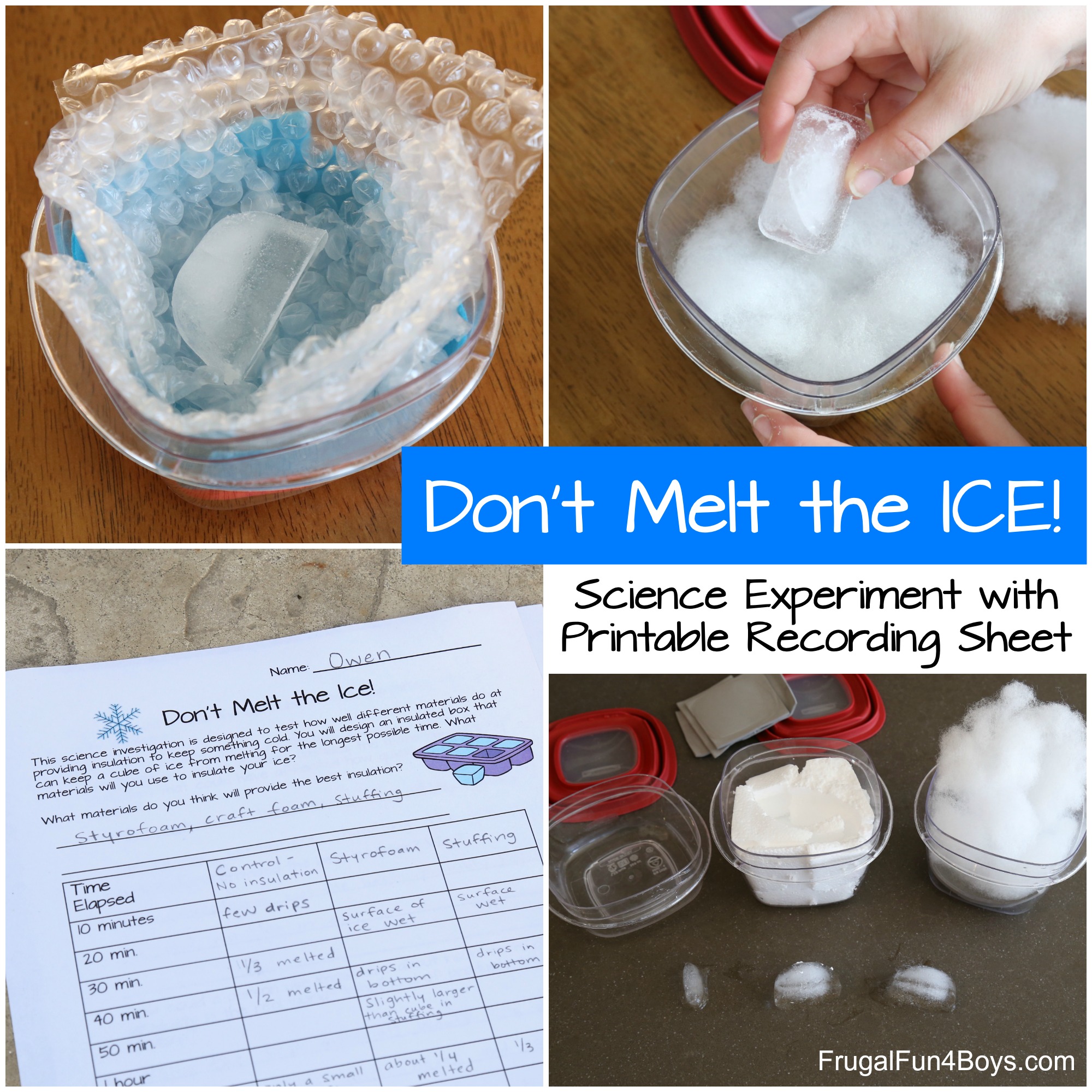
Don't Melt the Ice! Science Experiment for Kids Frugal Fun For Boys
There is something so incredibly magical and fascinating with the changing of matter into a solid form (like ice) for children. These science experiments are the perfect way to observe and even create ice for young children to explore. Make Ice Grow | Teach Preschool. Snow Storm in a Jar | Growing a Jeweled Rose. Frozen Bubbles | Housing a Forest.
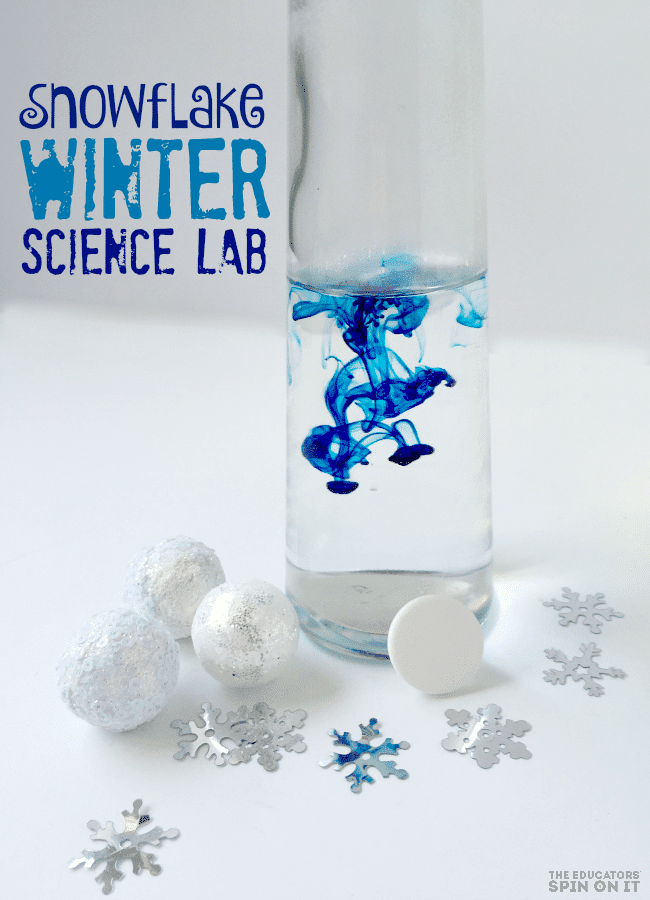
Snowflake Lab A Winter Science Challenge for Kids The Educators
Completing snow science experiments allows kids to explore concepts such as physics, chemistry, and weather in a fun and hands-on way. Other benefits of snow science experiments include: Developing problem solving skills. Developing scientific reasoning skills. Developing critical thinking skills. Learning how to use scientific tools and.
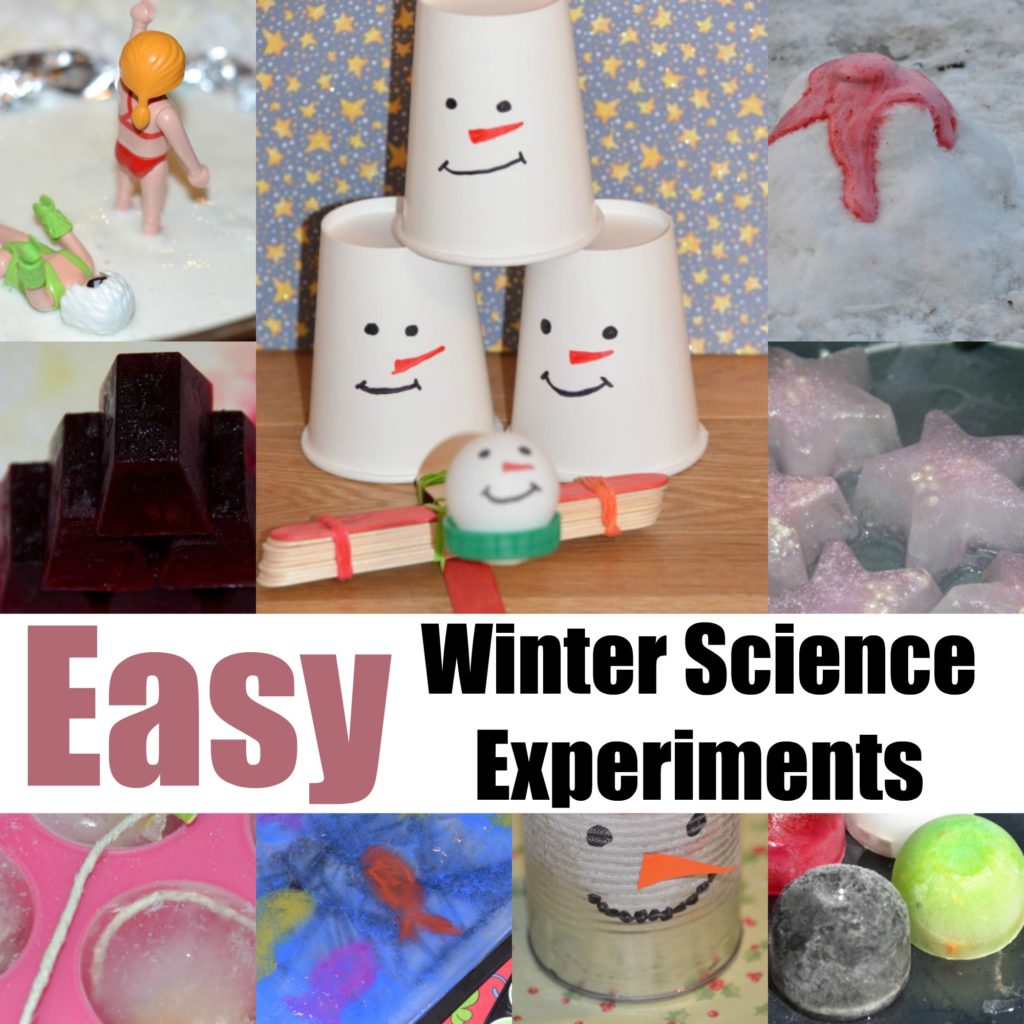
Winter Science Experiments and STEM Challenges
Measure and record the snow amounts as it falls. Measuring and recording on a bar graph the snowfall at regular intervals, like every hour, will help your students to feel like little scientists. #8. Test how salt affects the snow. Sprinkle a little rock salt on a snowy step, wait a few minutes, and observe what has happened.